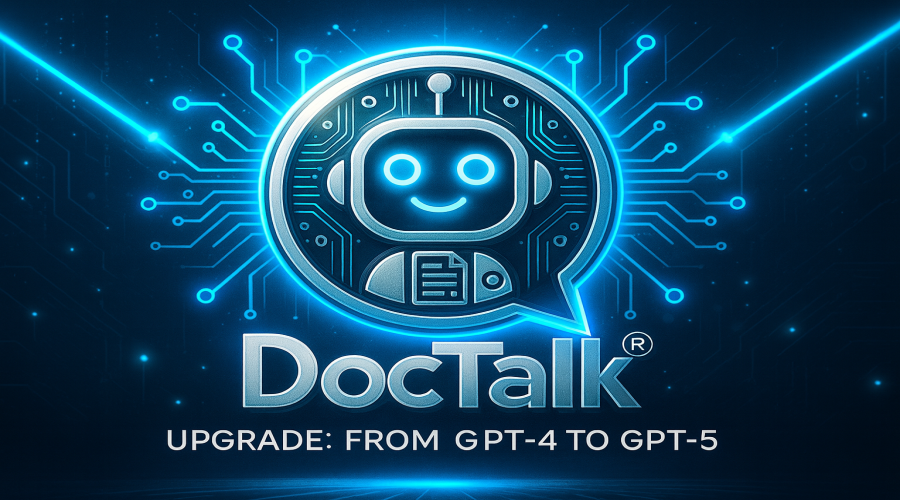
Over the past months, DocTalk® has grown step by step into something potentially many of us could now use regularly in the daily workflow. With each update it has become a little more useful, a little more reliable, and today we are glad to share that it has taken an important step forward.
DocTalk® now runs on GPT-5 mini, moving up from GPT-4o mini. In practice, this means conversations are faster, answers are more natural and accurate, and the overall experience feels lighter and easier to follow. It is less about technology for its own sake and more about making your interaction smoother and more productive.
What’s New
Conversations that flow more naturally
Answers arrive in short bursts, making the dialogue feel more alive, and easier to follow. The waiting time is marginally decreased.Better structure and clarity
Responses now keep their formatting — summaries, lists, and explanations are easier to read and share.Cleaner PDF exports
Exported conversations now stay within the page margins, with no text cut off. This is still in development phase. Bugs are still present partially breaking the text formatting within the exported pdf document.A more stable experience
Behind the scenes, we’ve worked on the foundations so you’ll notice fewer interruptions and smoother use overall.
Why This Matters
These improvements are not just about technology. They make DocTalk® a more reliable tool for our community, whether you’re preparing for accreditation, working through QA documents, or simply looking for clear answers in your daily tasks.
To better understand the potential, here you can download and view an example document that contains two QA related questions answered by the upgraded DocTalk® chatbot.
Looking Ahead
There is more to come. We are working toward letting DocTalk® bring more NATO QA references directly into conversations, ensuring answers are not only helpful but also aligned with our standards and terminology in every aspect. In time, we also want to use it to guide the community through training scenarios, turning QA learning into something more interactive and engaging.
